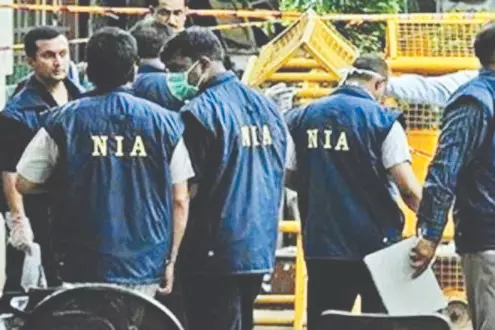Fake NIA officers’ racket: Prime accused a native of Bangladesh

Siliguri: The prime accused in the fake National Investigation Agency (NIA) officers’ racket has been identified as a native of Bangladesh. According to a preliminary police investigation, Manik Roy—arrested along with his associates, Esan Ahmed and Rehan Babar, for allegedly impersonating NIA officials and extorting money from residents across Siliguri—originally belongs to the Lalmonirhat Hat district of Bangladesh. He had reportedly been living in Siliguri for the past 14 years with his family.
Police sources revealed that Manik illegally entered India 14 years ago and began staying in a rented house in the Hatiyadanga area of Siliguri. As investigators could not trace any passport or legal entry documents, they suspect he crossed the border without authorisation. Initially working as a grill contractor, Manik later brought his father, mother, wife and child to Siliguri around five years ago. The family also stayed at the rented accommodation before purchasing land in the same locality, where they built a house.
Over the years, Manik reportedly acquired considerable assets, including two houses and five high-end mobile phones, and managed to obtain an Indian voter ID card and other identity documents for himself and his family members. According to police, Manik and his accomplices used to visit different residences posing as NIA investigators and intimidated people under the guise of interrogation and document verification. They allegedly collected money by threatening residents with legal action.
The racket came to light after the trio recently visited the residence of a businessman in the Matigara Police Station area and introduced themselves as NIA officials. Under the pretext of document inspection, they allegedly extorted Rs 1 lakh from him. Based on his complaint, the Special Operation Group and the Detective Department arrested the three. Sources further stated that Manik used two of his mobile phones for OTP services and police are trying to trace the money transactions carried out using those OTPs.



